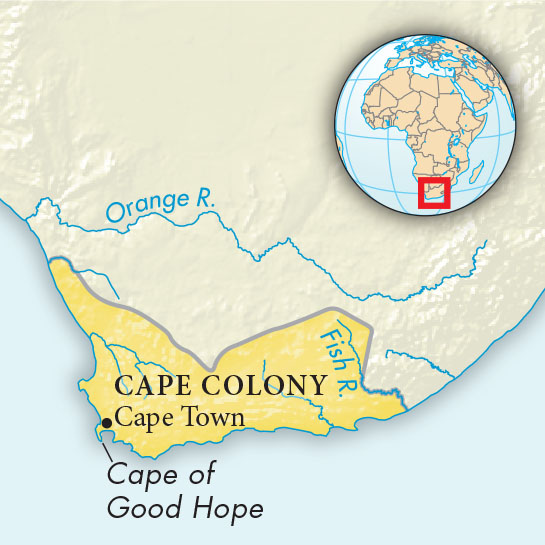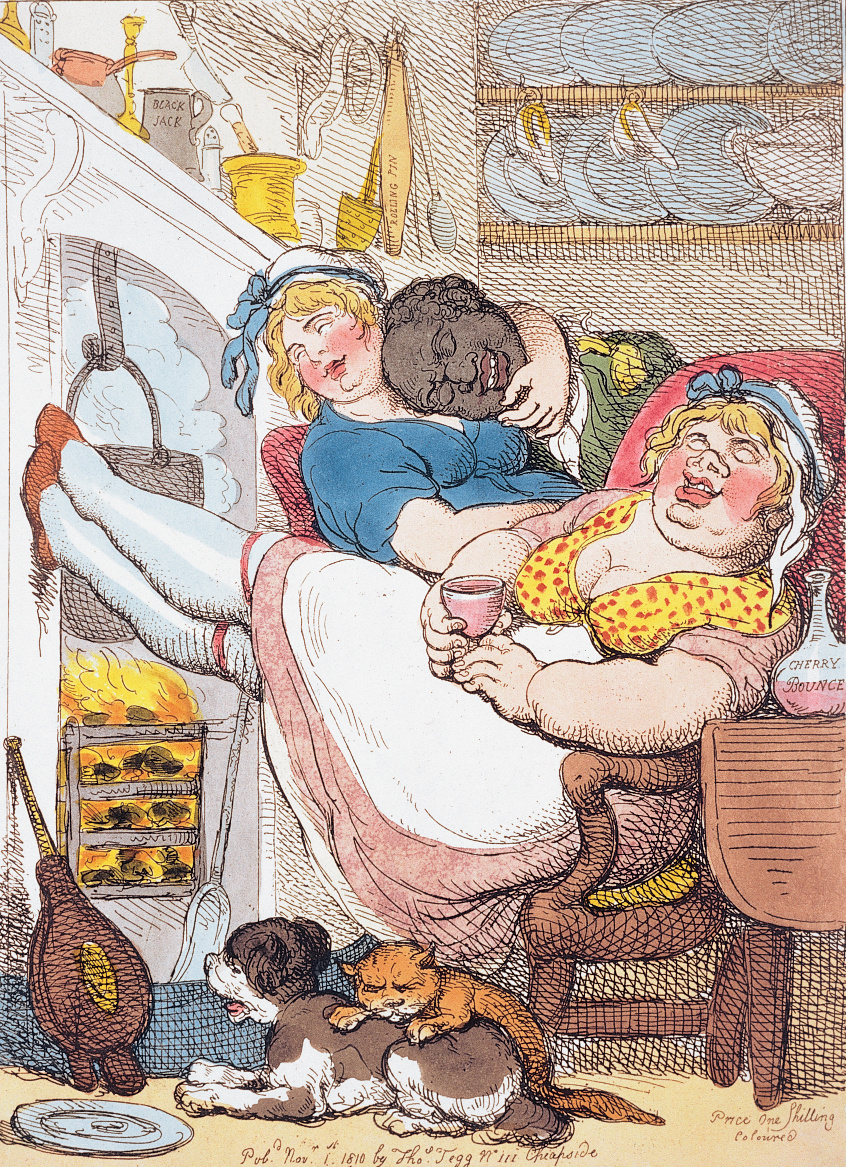A History of World Societies:
Printed Page 600
A History of World Societies Value
Edition: Printed Page 603
Chapter Chronology
The Institution of Slavery in Africa
Islamic practices strongly influenced African slavery. African rulers justified enslavement with the Muslim argument that prisoners of war could be sold and that captured people were considered chattel, or personal possessions, to be used any way the owner saw fit. Between 650 and 1600 black as well as white Muslims transported perhaps as many as 4.82 million black slaves across the trans-Saharan trade route.10 In the 1300s and 1400s the rulers and elites of Mali and Benin imported thousands of white Slavic slave women, symbols of wealth and status, who had been seized in slave raids from the Balkans and Caucasus regions of the eastern Mediterranean by Turks, Mongols, and others.11 In 1444, when Portuguese caravels landed 235 slaves at Algarve in southern Portugal, a contemporary observed that they seemed “a marvelous (extraordinary) sight, for, amongst them, were some white enough, fair enough, and well-proportioned; others were less white, like mulattoes; others again were black as Ethiops.”12
Meanwhile, the flow of black people to Europe, begun during the Renaissance, continued. In the seventeenth and eighteenth centuries as many as two hundred thousand Africans entered European societies. Some arrived as slaves, others as servants; the legal distinction was not always clear. Eighteenth-century London, for example, had more than ten thousand blacks, most of whom arrived as sailors on Atlantic crossings or as personal servants brought from the West Indies. In England most were free, not slaves. Initially, a handsome black person was a fashionable accessory, a rare status symbol. Later, English aristocrats considered black servants too ordinary. The duchess of Devonshire offered her mother an eleven-year-old boy, explaining that the duke did not want a Negro servant because “it was more original to have a Chinese page than to have a black one; everybody had a black one.”13 London’s black population constituted a well-organized, self-conscious subculture, with black pubs, black churches, and black social groups assisting the black poor and unemployed. Some black people attained wealth and position, the most famous being Francis Barber, manservant of the sixteenth-century British literary giant Samuel Johnson and heir to Johnson’s papers and to most of his sizable fortune. Barber had helped Johnson in revising Johnson’s famous Dictionary of the English Language, published in 1755, and he is frequently mentioned in the celebrated biography of Johnson by James Boswell. He was a contemporary of another well-known African who lived in London for a while, Olaudah Equiano.

Cape Colony, ca. 1750
In 1658 the Dutch East India Company (see “The Birth of the Global Economy” in Chapter 16) began to allow the importation of slaves into the Cape Colony, which the company had founded on the southern tip of Africa in 1652. Over the next century and a half about 75 percent of the slaves brought into the colony came from Dutch East India Company colonies in India and Southeast Asia or from Madagascar; the remaining 25 percent came from Africa. Some of those enslaved at the Cape served as domestic servants or as semiskilled artisans, but most worked long and hard as field hands and at any other menial or manual forms of labor needed by their European masters.
The Dutch East India Company was the single largest slave owner in the Cape Colony, employing its slaves on public works and company farms. Initially, individual company officials collectively owned the most slaves, working them on their wine and grain estates, but by about 1740 urban and rural free burghers (European settlers) owned the majority of the slaves. In 1780 half of all white men at the Cape had at least one slave, as slave ownership fostered a strong sense of racial and economic solidarity in the white master class.
The slave population at the Cape was never large, although from the early 1700s to the 1820s it outnumbered the European free burgher population. When the British ended slavery in the British Empire in 1834, there were around thirty-six thousand slaves in the Cape Colony. In comparison, over three hundred thousand enslaved Africans labored on the Caribbean island of Jamaica, also a British slaveholding colony at the time.
Although in the seventeenth and eighteenth centuries Holland had a Europe-wide reputation for religious tolerance and intellectual freedom (see “The Dutch Trading Empire” in Chapter 18), in the Cape Colony the Dutch used a strict racial hierarchy and heavy-handed paternalism to maintain control over enslaved native and foreign-born peoples. Early accounts of slavery at the Cape often gave the impression that it was a relatively benign institution in comparison with slavery in the Americas. Modern scholars, however, consider slavery in the Cape Colony in many ways as oppressive as slavery in the Americas and the Muslim world. In Muslim society the offspring of a free man and an enslaved woman were free, but in southern Africa such children remained enslaved. Because enslaved males greatly outnumbered enslaved females in the Cape Colony, marriage and family life were almost nonexistent. Because there were few occupations requiring special skills, those enslaved in the colony lacked opportunities to earn manumission, or freedom. And in contrast with North and South America and with Muslim societies, in the Cape Colony only a very small number of those enslaved won manumission; most of them were women, suggesting they gained freedom through sexual or close personal relationships with their owners.14

Below Stairs The prints and cartoons of Thomas Rowlandson (1756–1827) testify to the sizable numbers of blacks in eighteenth-century London, where they worked in naval and military service as well as domestic service. Here the household cook, maid, and footman relax before the kitchen fire. Interracial marriages were not uncommon. (© The Trustees of The British Museum/Art Resource, NY)
The slave trade expanded greatly in East Africa’s savanna and Horn regions in the late eighteenth century and the first half of the nineteenth century. Slave exports from these areas and from Africa’s eastern coast amounted to perhaps thirty thousand a year. Why this demand? Merchants and planters wanted slaves to work the sugar plantations on the Mascarene Islands, located east of Madagascar; the clove plantations on Zanzibar and Pemba; and the food plantations along the Kenyan coast. The eastern coast also exported enslaved people to the Americas, particularly to Brazil. In the late eighteenth and early nineteenth centuries, precisely when the slave trade to North America and the Caribbean declined, the Arabian and Asian markets expanded. Only with colonial conquest of Africa by Great Britain, Germany, and Italy after 1870 did suppression of the trade begin. Enslavement, of course, persists even today. (See “Global Trade: Slaves.”)

